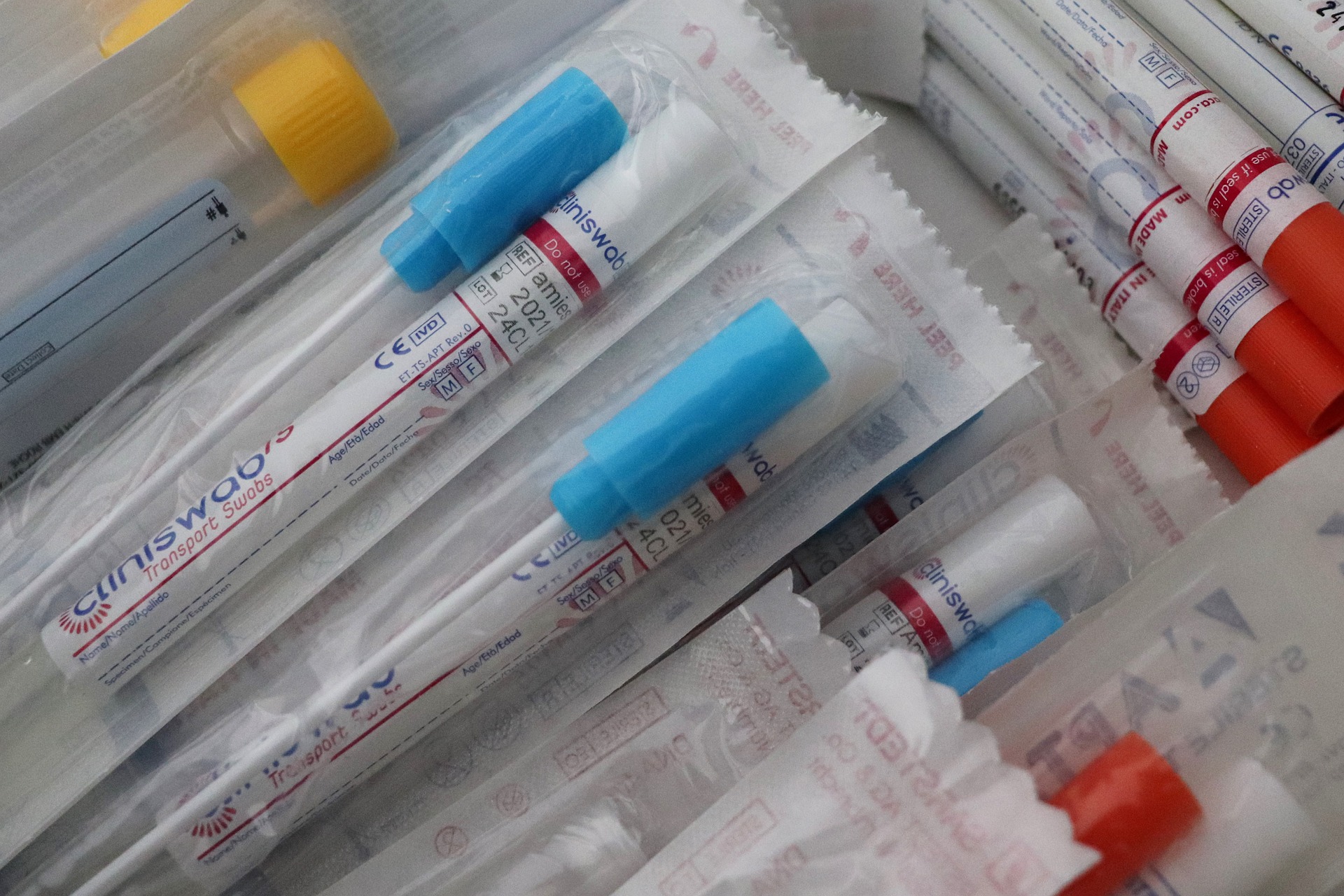Over the past few months, we’ve talked about aviation having to deal with a part-vaccinated world in 2021.
As we head towards the end of the year, here’s a summary of why that will be so, and why bio-safety measures, testing and track & trace won’t be going away anytime soon.
1 – As we said in our most recent blog post, the existence of a new highly transmissible COVID strain is likely to see accelerated vaccine roll-out efforts.
For example, writing in the Independent Newspaper, former UK Prime Minister Tony Blair suggests using all the country’s January supplies in giving as many people as possible a first dose, so that millions already have some degree of protection before a second dose can be given a month later when more stocks arrive.
However, even the most optimistic-realistic prediction that we’ve seen comes from Goldman Sachs, which assumes 50% coverage of the UK, US and Canadian populations in April, and of the EU and Australia in May.
Even if that timetable slips by a month, that’s still an amazing achievement. But that also means many months without wide vaccine coverage, with Goldman Sachs predicting that we’l
2 – In the developing world that roll-out will take much longer, amid accusations that Western countries have hoarded the early vaccine supplies. Though the figure of 2024 that we’ve seen seems unduly pessimistic, 2022 does seem likely.
That means major international hubs like LHR and DXB will still have people passing through them who haven’t received vaccines.
3 – The leading vaccine candidates seem to do an excellent job when it comes to preventing people getting sick, but we don’t yet know how good they are at preventing transmission (there is some evidence the AstraZeneca / Oxford vaccine may do this).
New Zealand Prime Minister Jacinda Ardern has already said that this point – stopping transmission – will be key to reopening borders.
4 – The vaccines are of course not going to be 100% effective. Looking at the AstraZeneca-Oxford vaccine, this showed 62% efficacy for two full doses, and 90% for 1.5 doses (a half dose followed by a full dose) – but there may not be enough data yet around the 1.5 dose regime for regulators to give that the green light.
Meanwhile, the Sinopharm vaccine in use in the UAE right now, shows 86% efficacy. Excellent, but it still shows it won’t work for everyone.
5 – We’re likely to see a vaccine hierarchy, with the leading FDA approved vaccines (Pfizer-BioNTech, Moderna and probably Novavax and Johnson & Johnson) at the top. However one investment bank analyst predicted that the AstraZeneca vaccine will never be licensed for use in the USA.
This is the vaccine people in the UK and in countries like India (where the Serum Institute intends to manufacture a billion doses) will most likely receive.
Then we don’t yet know how the Chinese and Russian vaccines will be received in Europe and North America.
6 – The past year has taught us that authorities are cautious and in no hurry to fast track travel. It will take a while for restrictions to be lifted.
7 – On that last point, the incoming Biden-Harris administration in the USA has made combating COVID a huge priority, including trying to stop community transmission. It’s very possible that Pete Buttigieg, nominated as Secretary of Transportation, introduces mandatory testing for international travel into the USA.
If you’ve not yet downloaded our white paper, it’s available on the SimpliTested page of our website.
